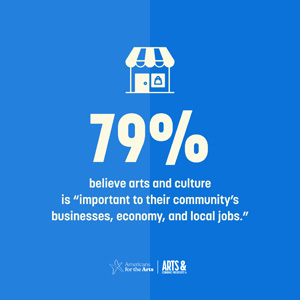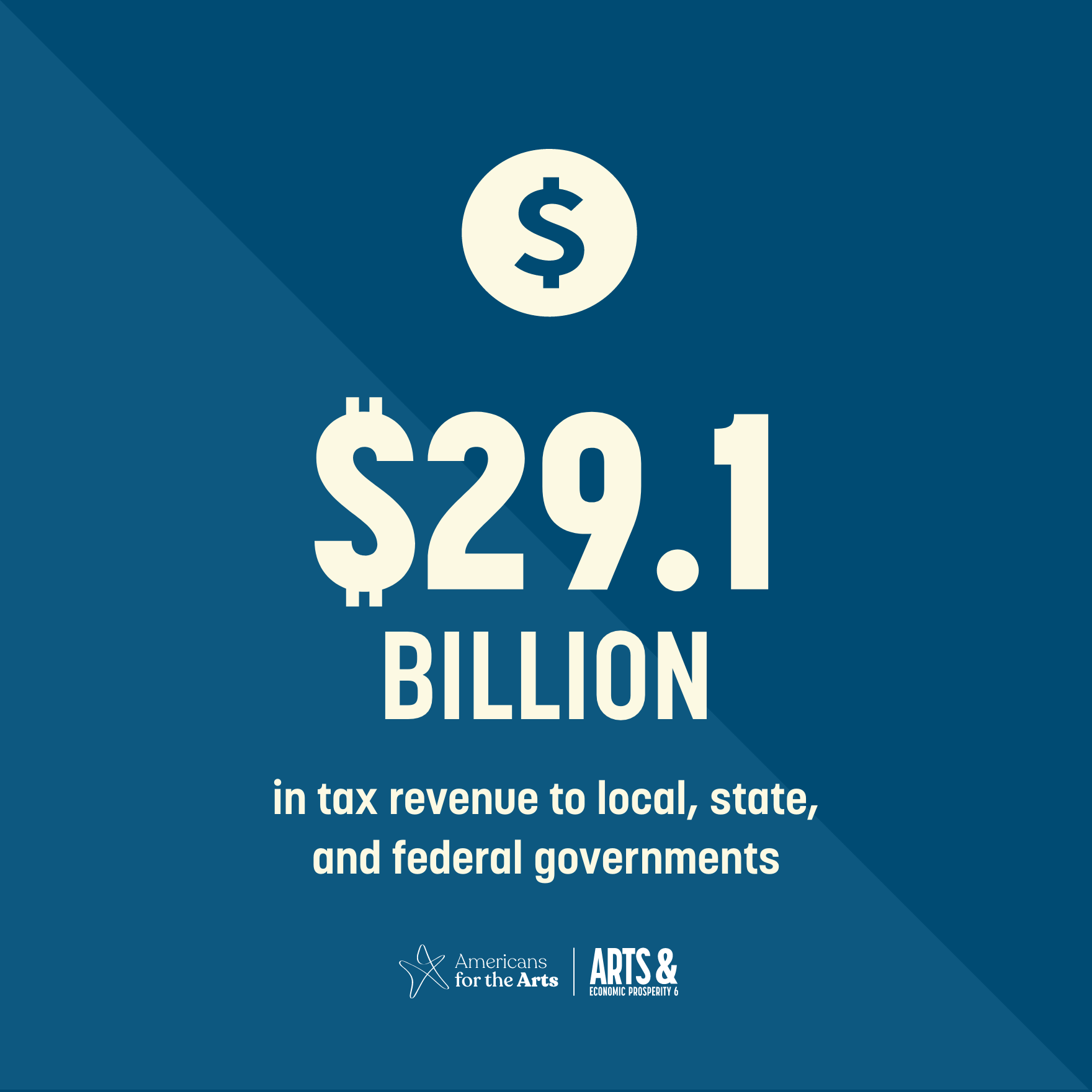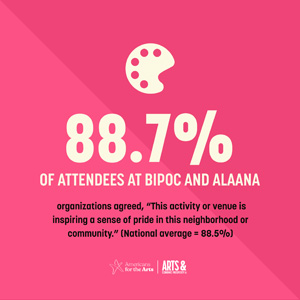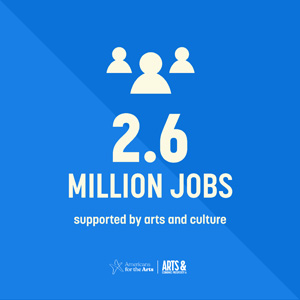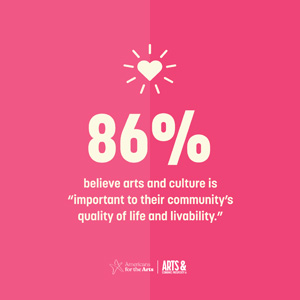
What is Arts & Economic Prosperity 6?
The newly released Arts & Economic Prosperity 6 (AEP6) is an economic and social impact study of the nation’s nonprofit arts and culture industry. Building on its 30-year legacy as the largest and most inclusive study of its kind, AEP6 provides detailed findings on 373 regions from across all 50 states and Puerto Rico—ranging in population from 4,000 to 4 million—and representing rural, suburban, and large urban communities.
In 2022, nonprofit arts and culture organizations and their audiences generated $151.7 billion in economic activity—$73.3 billion in spending by the organizations, which leveraged an additional $78.4 billion in event-related spending by their audiences. The impact of this economic activity is far reaching, supporting 2.6 million jobs, generating $29.1 billion in tax revenue, and providing $101 billion in personal income to residents. AEP6 sends a strong signal that when we support the arts, we are investing in both economic and community well-being.
STUDY FINDINGS
Deep dive and download reports of our national, local and state study regions arts and culture economic impact findings.
LEARN MORETOP AEP6 TAKEAWAYS
TOOLS & RESOURCES
Americans for the Arts is excited to release a series of resources and best practices to support your needs. Together, let’s work to be more proactive in talking about the good work that arts and culture does in our communities.
LEARN MORE
